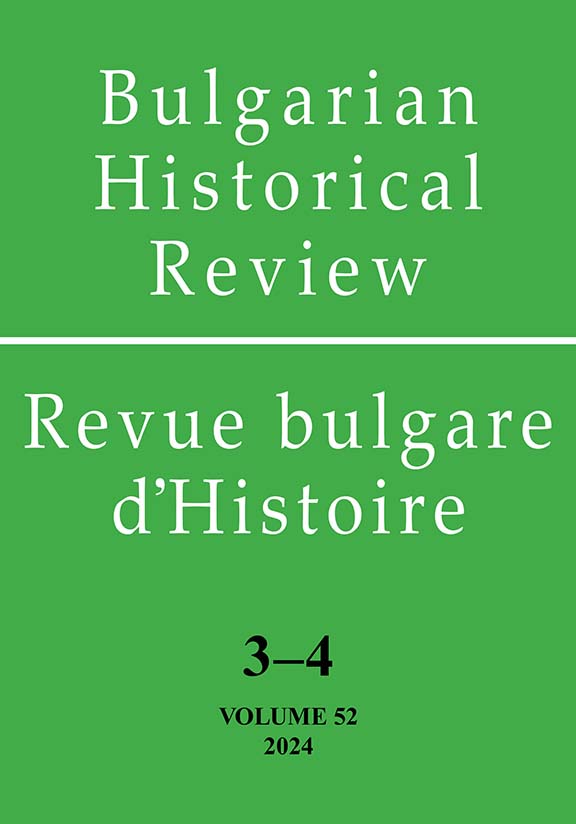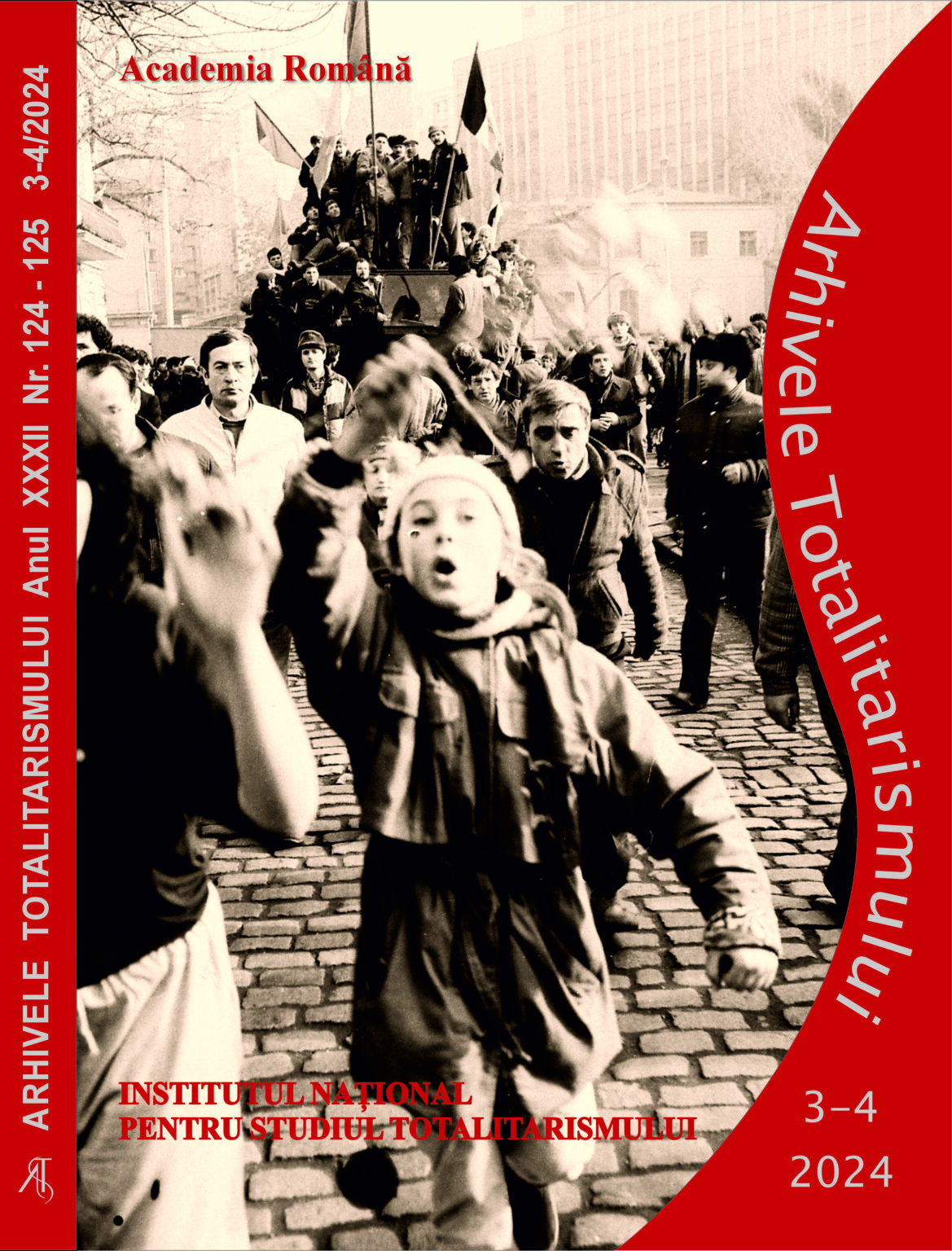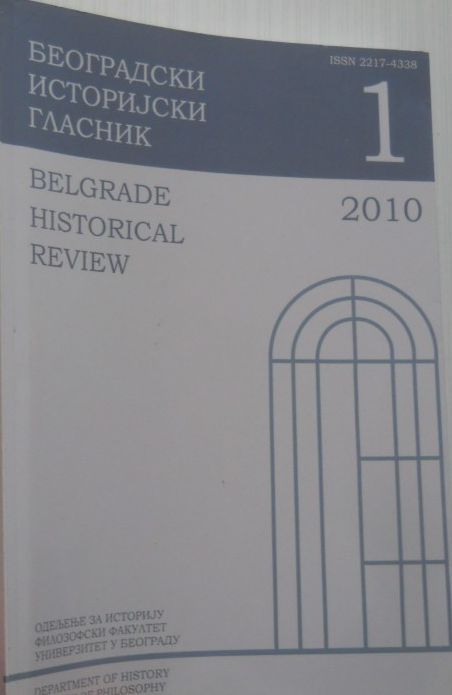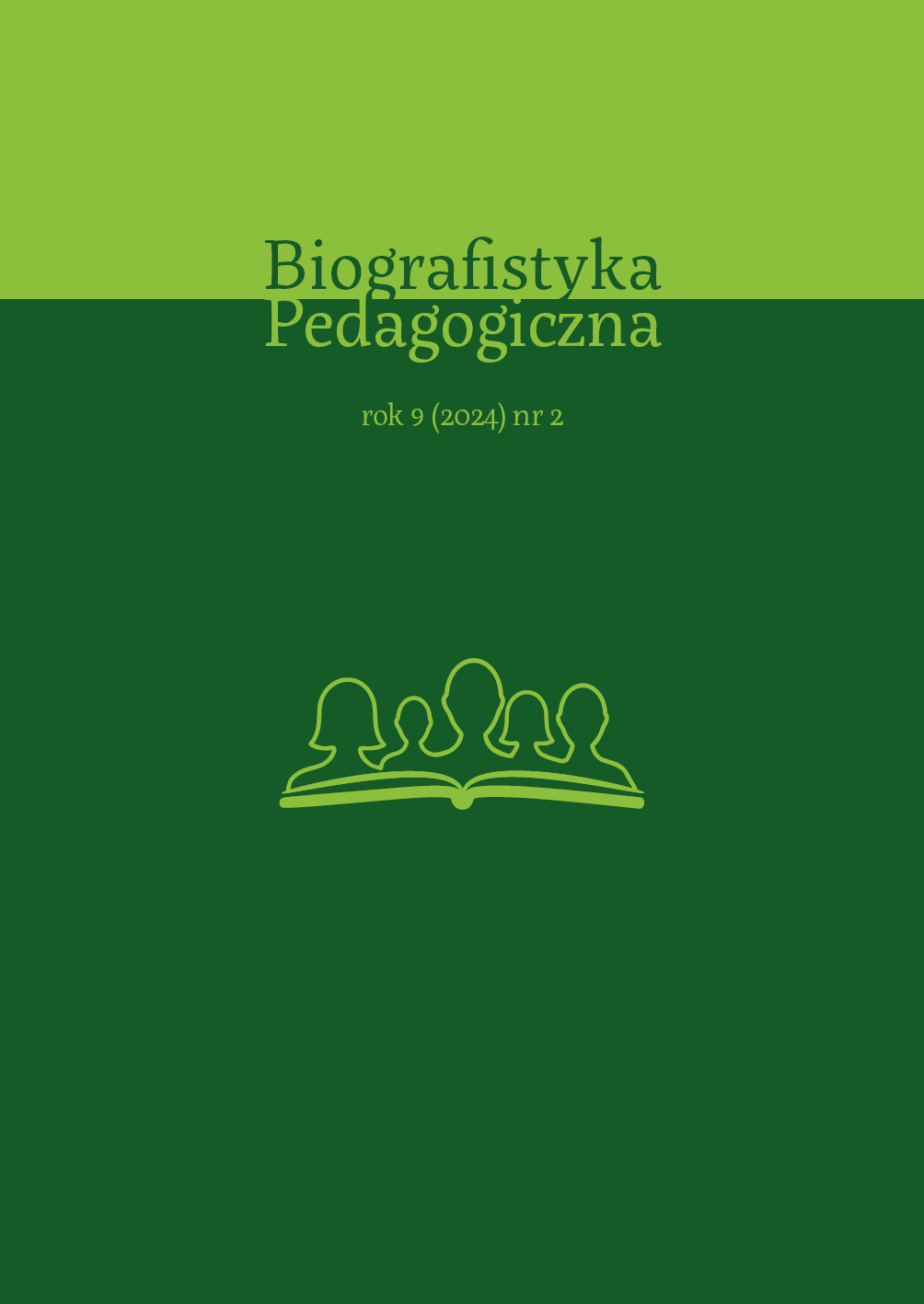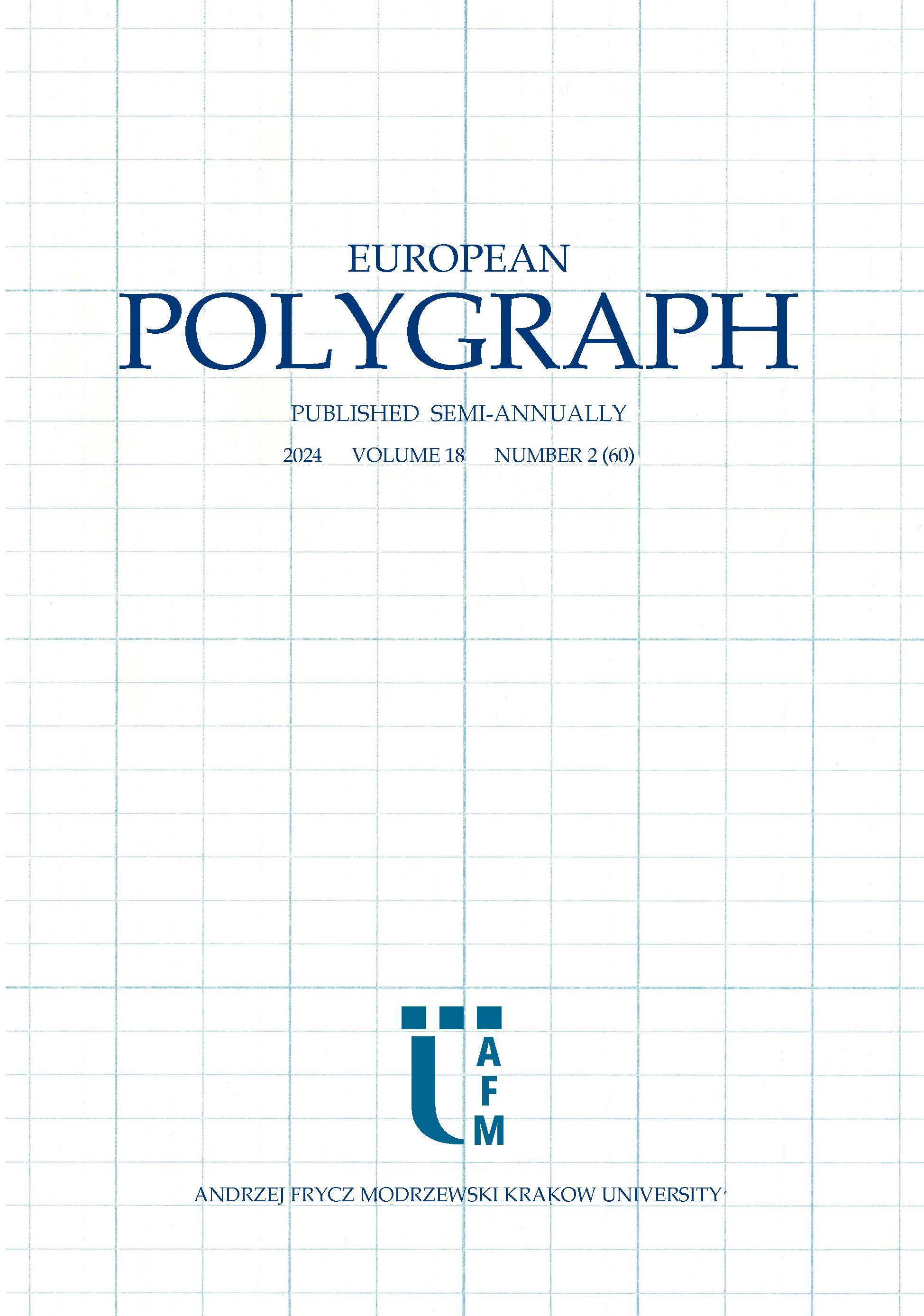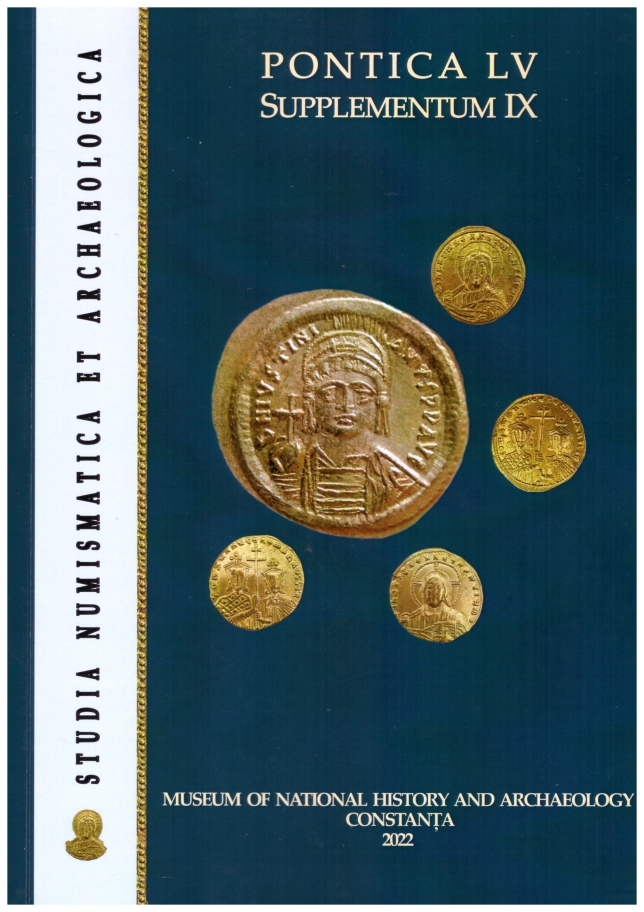Author(s): Aleksandra Lazić-Gavrilović / Language(s): Serbian
Issue: 49/2024
Using the example of the striking image of Germany between the two wars depicted in the travelogue text Iris Berlina, the work analyses Miloš Crnjanski's approach to foreign culture. Crnjanski’s life and literary career were significantly influenced by his extensive travels and years spent abroad. While he explored various genres, his numerous travelogues stand out as the most suitable literary forms to explore his relationship with foreign cultures, offering vivid and striking descriptions of the countries he visited. During the significant upheavals in Serbian literature, in which Crnjanski participated, this literary genre moved from the literary margins to the centre of interest and experienced a significant reevaluation. With its open structure, the travelogue allowed avant-garde writers to incorporate elements of other literary genres – novels, short stories, poems and essays, but also, which probably suited Crnjanski best, other border genres – diaries, memoirs, biographies, and autobiographies. The German travelogues of Miloš Crnjanski, written during his first, relatively short, stay in Berlin (1928–1929), were published two years later as a complete edition under the title Knjiga o Nemačkoj. In his most comprehensive and, at the same time, most significant text, Iris Berlina, Crnjanski tries to understand all the peculiarities of German culture, and to assess the sociohistorical context thoroughly, unafraid to criticize, but also to correct earlier “injustices.” Miloš Crnjanski not only immersed himself in the study of German culture and its conditions, but also truly grasped its essence and lived it, as demonstrated by numerous facts and precise observations in his German travelogues. In his exploration of German themes, Crnjanski displayed a broad awareness, admirable erudition, and a clear consistency of thought. This gives the impression that he sought to avoid the pitfalls he encountered when publishing his earlier travelogues, such as Ljubav u Toskani (Love in Tuscany) from 1930, where he became the target of sharp criticism due to his excessive subjectivity and imprecise presentation of factual data. As it turns out, this writer does not just gain insight into certain civilizational trends through rational, scientific analyses, relying on entrenched stereotypes, but also employs a creative strategy that combines the interpretation of reality with the production of new approaches to that reality. Crnjanski clearly emphasizes this in his essays: “Memoirs have always been the best part of literature, especially when they are not literally correct.” This statement suggests that the credibility of the facts is not necessarily his primary concern, but rather a combination of different procedures fully in line with the principles of the author’s poetics. The applied procedure could thus be described as a triple dialogue: first, a dialogue of different narrative genres, then a dialogue of the real and fictional world, and finally, a kind of dialogue of civilizational symbols, recognizable even in the smallest details. What caused criticism of Crnjanski seems quite the opposite: personal experiences, awakened associations, and emotions, reflections on one’s motivation on the road, that kind of lyrical penetration, are valuable for analyzing and questioning the writer’s aesthetic and cultural attitudes, but also for understanding both the foreign culture and one’s own. In encountering foreign cultures, Crnjanski not only familiarized himself with other cultural models and their ways of functioning, but also had the opportunity to view his own culture from the perspective of other peoples and to reflect on his compatriots’ attitude toward his own culture. In his initial travelogues, such as Pisma iz Pariza (Letters from Paris), he encounters cultures far more “advanced” than his own. While acknowledging that Germany and France are at a much higher level in technological and cultural development, our writer strongly criticizes the tendency of small, unequal nations to have a perception of both their own and foreign cultures which lacks objectivity. By addressing the issue of the Balkans and the interpretation of the Balkans’ position within Europe throughout history, he advocates for a new, sober approach to foreign cultures. Crnjanski endeavors to comprehend all aspects of the socio-historical context, evaluate the circumstances thoughtfully, and recognize that in exploring diverse mentalities and cultural models, we must remember that each phenomenon has two sides. The gleaming side, in this case, symbolizes ancient chivalry, dating back to the era of the Holy Roman Empire of the German nation and the German spirit, which made this Germanic nation revered as the land of poets and philosophers since the early 19th century. However, Crnjanski can only observe that this long-held medal is tarnishing, revealing its reverse side, increasingly becoming a symbol of immorality and deceit. Crnjanski discusses this other aspect when he observes the erosion of morality and the noticeable influence of America at every turn. In the streets of Berlin, along the curves of the Spree, on the pavements, and in the cafes, Crnjanski unfolds his pseudo-chronicle narrative, weaving together various elements in a modern manner: the hypermodern city structure, the seamless operation of various institutions, advancements in science and the economy, museum exhibitions and art displays, as well as statistical data on crime and crimes of passion. This approach lends his prose the significance of a distinct cultural-historical panorama, bearing witness to the imposition of new values and the emergence of a “new world.” Crnjanski’s portrayal of the resilient German Phoenix serves as a foundational framework for evaluating the “feverish” mentality of the modern world. He anticipates historical trends and the well-known consequences for European society and civilization in general. Upon encountering the German capital, the writer’s first impression is advanced industrial-technological development and modern, well-organized city infrastructure, which completely alters his perception of Germany. However, the bustling city life and frantic pace of Berlin evoke visible resistance and skepticism in the writer. Although Berlin “at first, intoxicates with false charms, especially the newcomers,” Crnjanski still maintains an ambivalent attitude. Observing Germany’s relentless drive for progress, the writer perceives it as “a desperate and repainted America,” noting that while “the Germans consider themselves a special nation in Europe,” there is a subtle hint of another impending disaster that not only Germany and Europe but also a significant part of the world will soon confront. The impact of Americanization on Germany goes beyond just a transformation of its image and the erosion of its original culture. As previously noted, Crnjanski highlights a decline in spirituality and morality, leading him to believe there is a pressing need to renew fundamental humanist values. Crnjanski perceives this as one of the most significant challenges of civilization, astutely noting the emergence of “apparitions” not from the past but from the future. No matter how fascinated he may be by the specific achievements of the modern world, and regardless of his revolutionary literary ambitions, Miloš Crnjanski is fundamentally a traditionalist. Consequently, he maintains a critical stance toward the new German society and its social dynamics, not hesitating to portray certain controversial, “extreme” phenomena that highlight the extent of its decline. In this manner, he constructs a provocative “case study” of Berlin’s homosexuals and prostitutes, which was already provocative because the local press did not often cover taboo topics of that nature; instead, it focused on news about violent crimes such as murders, suicides, rapes, as well as obsessive, “dark romances,” and other forms of deviant behaviour. This adds an unexpected, intriguing layer of complexity to his travelogue. In the context of the overall moral decay, Crnjanski, alongside these extreme examples, also depicts the modern German family, which he identifies as a significant factor in society’s destabilization. Getting deeper into this issue, he observes that while the family, as a fundamental social institution and family life with all its strengths and weaknesses, still exists, the nation’s declining vitality is most evident in its visible degeneration. Reduced to appearances, form, and etiquette, the modern German family is merely a facade or a hollow shell devoid of substance, dominated by calculation and material interest. Despite his predominantly negative attitude toward the Germany of the time, Crnjanski avoided making hasty judgments and maintained a balanced view of the country and its people, for which some of his contemporaries criticized him. In several instances, Crnjanski highlights the virtues of the German people, noting, for example, that one can find “the most honest and hardworking workers in the world, who serve their machines diligently until their death.” Fortunately, Crnjanski concludes, “there are so many horrors in the terrible eye of that town which are only apparent.” Crnjanski offers a comprehensive, uncompromising recapitulation, reconstruction, and deconstruction of the 1920s in his comprehensive travelogue. It is, above all, a comprehensive narrative rich in cultural-historical, political, and anecdotal details, a vivid and exciting story about a time of ideological and ideological unrest and disturbances in Germany. Furthermore, we see that, in addition to his depiction of the typical characteristics of the German people, Crnjanski assessed the circumstances and lucidly hinted at the future direction of events. The signs were already evident by the end of the 1920s, although many Germans were unaware of them then. Without realizing it, they failed to see that “that they were being taken back” in their inexhaustibility, in their “striving, continuously, for victories, for great epochs,” the First World War seemed to the perceptive Crnjanski as “just a dress rehearsal for the next one.” By aiming to portray others, the writer found himself able to see his own culture from the perspective of other nations and reflect on his fellow compatriots’s attitudes toward their own culture. Through criticism of both foreign and his own culture, Crnjanski also challenges the established practice of writing travel literature, introducing an entirely new kind of avant-garde work with an innovative approach to this border genre, which is valuable for analyzing and reassessing the aesthetic and cultural perspectives of travel literature.
More...
